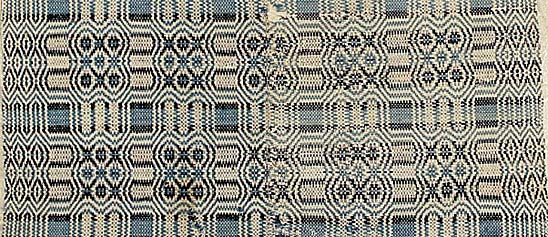Sewing Machine Patent Model. Patent No. 9,041, issued June 15, 1852Allen Benjamin Wilson of Watertown, Connecticut.Allen B. Wilson was one of the most creative and innovative of the early inventors.
- Description
-
Sewing Machine Patent Model. Patent No. 9,041, issued June 15, 1852
-
Allen Benjamin Wilson of Watertown, Connecticut.
-
Allen B. Wilson was one of the most creative and innovative of the early inventors. Born in Willett, New York, in 1823, he was apprenticed at age sixteen as a cabinetmaker. Later in 1847, he moved to Adrian, Michigan, and worked as a journeyman cabinetmaker. It was here, far removed from New England and the efforts by other inventors, that he began to design a different sewing machine. After recovering from an illness, he moved back east to Pittsfield, Massachusetts, and began to perfect his new concept for a sewing machine.
-
In 1850, Wilson developed a prototype for a reciprocating-shuttle machine. When the needle went through the cloth, it formed a loop below the seam. A shuttle that was pointed on both ends held a second thread that was passed through the loop and as the tension on the thread was tightened, a lockstitch was made. This shuttle could be moved both forward and backwards to form a stitch on both movements, unlike the shuttles of Hunt and Howe, which only created a stitch in one direction.
-
Based on these same ideas, he made a second machine that he submitted to the U.S. Patent Office and was granted Patent No. 7,776 on November 12, 1850. Presumably, Wilson’s skills as a cabinetmaker came into use with this model as it is almost entirely made out of wood and painted black to look like metal. Constructing a model out of wood, rather than metal, was a less expensive and easier way to build, requiring fewer specialized tools. On the underside of the metal raceway is stamped “Deall & Sons,” evidence that Wilson used a machinist to fabricate this part.
-
Fortunately, Wilson met Nathaniel Wheeler, partner of the firm of Warren and Woodruff of Watertown, Connecticut. He moved to Watertown to join in the partnership and to continue to perfect his sewing machine.
-
In his second patent (Patent No. 8,296, issued August 12, 1851) Wilson developed the rotary hook and bobbin to replace the shuttle mechanism in his first patent (Patent No. 7776, issued November 12, 1850.) The rotary hook opened the loop of the needle thread, while a reciprocating bobbin carried the second thread through the loop to complete the lockstitch.
-
In order to avoid patent litigation that the reciprocating bobbin might have caused, Wilson developed his third unique invention, the stationary bobbin (Patent No. 9,041, issued June 15, 1852.) In Wilson’s rotary hook and stationary bobbin, the lockstitch was made by locking the needle thread with the bobbin thread by passing the needle thread loop under the bobbin. The driving shaft carried the circular rotary hook, which resulted in a revolutionary method of sewing.
-
For his patent model, Wilson submitted a commercial Wheeler and Wilson sewing machine that had been manufactured the previous year. The evolution of his ideas from the simple wooden model to the successful manufactured machine beautifully illustrates the progress of his novel inventions.
-
In 1853 the Wheeler and Wilson Manufacturing Company was organized to manufacture sewing machines based on Allen Wilson patents. In 1856, the company moved to Bridgeport, Connecticut, and became the largest and most successful manufacturer of sewing machines in the 1850s and 1860s.
- Location
-
Currently on loan
- model constructed
-
before 1852-06-15
- patent date
-
1852-06-15
- inventor
-
Wilson, Allen B.
- ID Number
-
TE.T06055
- catalog number
-
T06055.000
- patent number
-
009041
- accession number
-
48865
